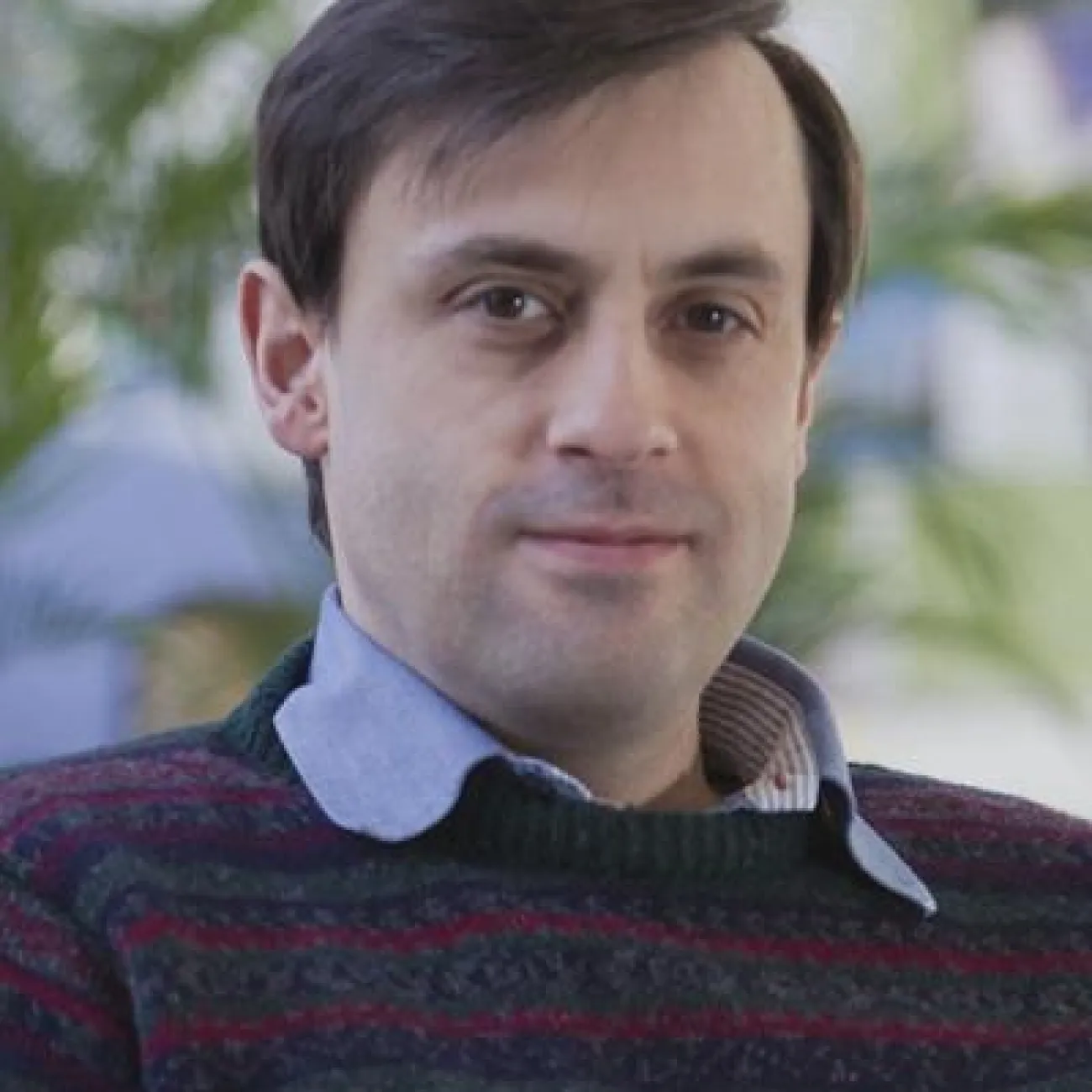About
William is Professor of Palaeoanthropology at the University of Southampton, and is currently Director of Programmes for Archaeology. His teaching and research focus on how we can explore multiple aspects of human life 120-10 thousand years ago, using diverse lines of evidence and contrasting approaches. His research combines the social and physical environments of our early ancestors with the evidence we have for their behaviours, economies and ecologies. William is also very interested in how we can use experimentation in teaching and research to explore the choices available to our ancestors in deep history, and also potential constraints that they had to face. He is happy to supervise doctoral research on a wide variety of topics related to Neanderthals and early Homo sapiens.
Research
Research groups
Research interests
- Modelling mobility/dispersal, interaction and creativity/innovation in late Neanderthals and in early Homo sapiens.
- Relating Palaeolithic hunter-gatherer ecologies to climatic frameworks.
- Assessing inequalities in resource acquisition and development of skills in the Palaeolithic.
- The development of synthetic materials with plastic properties in the later Palaeolithic.
- The nature and role of early musical expression in our Palaeolithic ancestors.
Current research
William’s research interests focus on the ecology (in the broad sense) of Neanderthals and early Homo sapiens. This approach provides an analytical framework for studying creativity, mobility and dispersals in past hunter-gatherers, and the development of what is often called “behavioural modernity” (the traits that archaeologists believe characterise humans today: language, music, symbolism, complex long-distance social networks, etc.). Was "behavioural modernity" restricted to Homo sapiens, our own species, or did other hominin species, such as Neanderthals, show evidence of some of these traits as well? How does the process of innovation and transmission of ideas operate in mobile societies? The intermittent representation of some of the key behavioural traits in the Palaeolithic archaeological record (e.g. ceramic technology, cave art) can be linked to mobility, dispersal and interaction patterns in hominins, set against a background of environmental and climatic change. For over 25 years I have been closely involved in exploring the relationship of reconstructed past environments and climates (70-8 thousand years ago) to the contemporary archaeological record. How did our hunter-gatherer ancestors respond to climatic and environmental change during the last Ice Age? Evidence indicates active responses being made by Palaeolithic hunter-gatherers in deciding which environments and resources to exploit.
Research projects
Completed projects
Publications
Pagination
- 1
- 2
- 3
-
Next page
Next
Teaching
William’s teaching seeks to integrate perspectives from four-field Anthropology (Social/Cultural and Biological Anthropology, Archaeology and Linguistics) with experimentation and palaeoecological reconstructions. His current teaching covers a wide range of palaeoanthropological approaches.
External roles and responsibilities
Biography
William joined Archaeology as a research fellow in 2001, working on the S2AGES project (2001-2004) with Prof. Clive Gamble, and became a Lecturer in September 2006. He became Senior Lecturer/Associate Professor in 2013, and Professor in 2020. Since 1992, his research has focussed on mobility/dispersal, interaction and innovation in Palaeolithic hunter-gatherers, particularly in late Neanderthals and in early Homo sapiens. He was a founder member of the Stage 3 Project (1996-2002), which aimed to set the extinction of Neanderthals and the arrival of Homo sapiens in Europe into a broad and coherent ecological and climatic framework. Between 2004 and 2009, he was closely involved with two NERC-funded projects to obtain new, more reliable radiocarbon dates for diagnostic artefacts in eastern and western Europe (50-20 thousand years ago). He was also involved with the NERC-funded RESET consortium (2008-2013), which used microscopic volcanic ash layers to provide a chronological framework for Neanderthal and early Homo sapiens sites in Europe, the Levant and North Africa. Between 2013 and 2016 he ran the 3-year, Leverhulme Trust funded, DEPICT (Defining Eurasian Palaeolithic Innovations in Ceramic Technology) project to explore innovations and manufacturing techniques in the c.10,000 ceramic figurines known from Eurasia and North Africa between 40,000 and 10,000 years ago, in collaboration with Dr Rebecca Farbstein. Since 2019, he has been involved with a British Academy Newton Fellowship (Dr Aitor Ruiz Redondo) exploring and analysing the presence of cave art in the Balkans and eastern Europe (PALAEOART EAST Project).
Prizes
- Public Engagement activity prize (2017)
